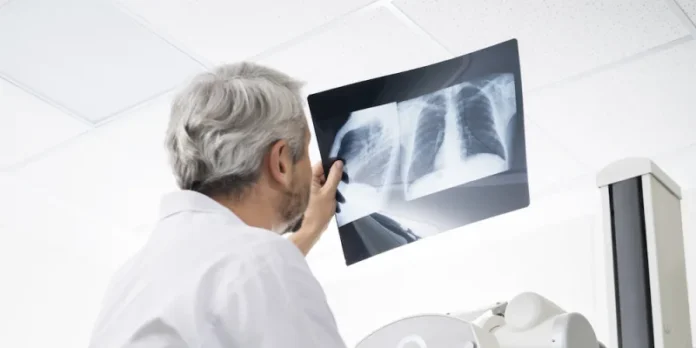Medical science has come a long way in the past few decades, and nowhere is this more evident than in the radiology field. X-rays and MRIs have helped us to diagnose and treat a wide range of medical conditions, often with great success. In this blog post, we’ll take a look at some of the most beneficial advancements in radiology over the past few years. We’ll also discuss how these advancements are helping to improve patient care and make life easier for doctors and patients alike.
Digital X-Rays
One of the most beneficial advancements in radiology has been the introduction of digital X-rays. Digital X-rays provide a number of advantages over traditional film X-rays, including the ability to be stored electronically and shared easily with other doctors. They also allow for a higher level of detail, which can be extremely helpful when diagnosing certain conditions. Additionally, digital X-rays expose patients to less radiation than traditional film X-rays, which is always a good thing.
MRI Technology
Another helpful advancement in radiology is the use of magnetic resonance imaging (MRI) technology. MRI machines use strong magnetic fields and radio waves to create detailed images of the inside of the body. These images can be extremely helpful in diagnosing problems with the brain, spine, and other internal organs. MRI technology is constantly evolving, and new scanner designs are providing even better images with less discomfort for patients.
CT Scans
CT scans are another useful tool that radiologists have at their disposal. CT scans use X-rays to create cross-sectional images of the body, which can be helpful in diagnosing a wide range of problems. Newer generation CT scanners are faster and more comfortable for patients, and they provide clearer images than ever before.
Nuclear Imaging
Nuclear imaging is a special type of radiology that uses radioactive materials to create images of the body. Nuclear imaging can be used to diagnose problems with the heart, lungs, and other organs. It’s also often used in cancer detection and treatment. New techniques are being developed all the time to improve image quality and make the procedure more comfortable for patients.
Artificial and Augmented Intelligence
Artificial intelligence (AI) is starting to make its way into the radiology field, and it’s already having a positive impact. AI-powered software is being used to help radiologists interpret images more quickly and accurately. Additionally, AI is being used to develop new imaging techniques that can provide even better results. Augmented reality (AR) is also starting to be used in radiology, and it has the potential to revolutionize the field. AR can be used to provide real-time guidance to radiologists during procedures, which can improve accuracy and patient safety.
Portable and Wearable Scanners
One of the most convenient advancements in radiology has been the development of portable and wearable scanners. These devices allow radiologists to scan patients without having to transport them to a hospital or imaging center. Portable CT scanners, for example, can be used in emergency situations to quickly diagnose life-threatening injuries. Wearable MRI machines are also being developed, which could one day allow patients to have scans performed in their own homes.
Digital Radiography
Digital radiography is another advancement that’s been extremely helpful to the radiology field. Digital radiography uses digital X-ray detectors instead of film, which offers a number of advantages. Digital radiography is faster and more efficient than traditional film X-rays, and it provides higher quality images. Additionally, digital radiography exposes patients to less radiation than film X-rays.
High-End Instantaneous Processing
High-end instantaneous processing is a new type of technology that’s being used in the radiology field. This technology allows radiologists to process images more quickly and accurately. High-end instantaneous processing is especially helpful in emergency situations, where every second counts.
Natural Language Processing
Natural language processing (NLP) is another type of AI that’s starting to be used in radiology. NLP can be used to help radiologists interpret images more quickly and accurately. Additionally, NLP can be used to develop new imaging techniques that can provide even better results.
Radiology is a vital field of medicine, and it’s constantly evolving. New technologies are being developed all the time, and they’re making a positive impact on the lives of patients around the world. If you’re interested in a career in radiology, now is a great time to get started. There are many opportunities for growth and advancement, and you can be sure that you’ll be making a difference in the lives of those you serve.
You can contribute to the continual advancement of this field by enrolling in a radiology program at a school where you’ll have the opportunity to learn from experienced professionals and gain the skills and knowledge you need to succeed in this rewarding career.

































